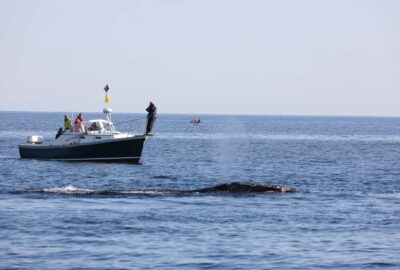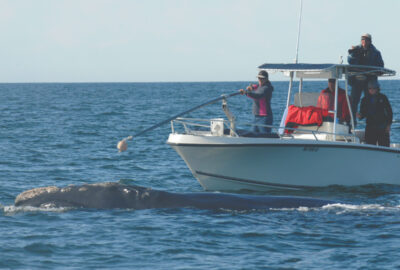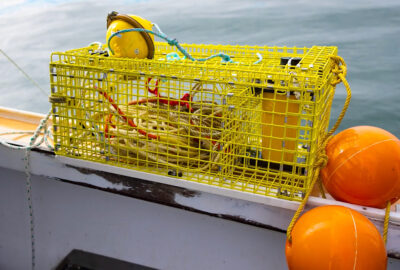Dead Right Whale Calf Identified
By New England Aquarium on Thursday, July 02, 2020

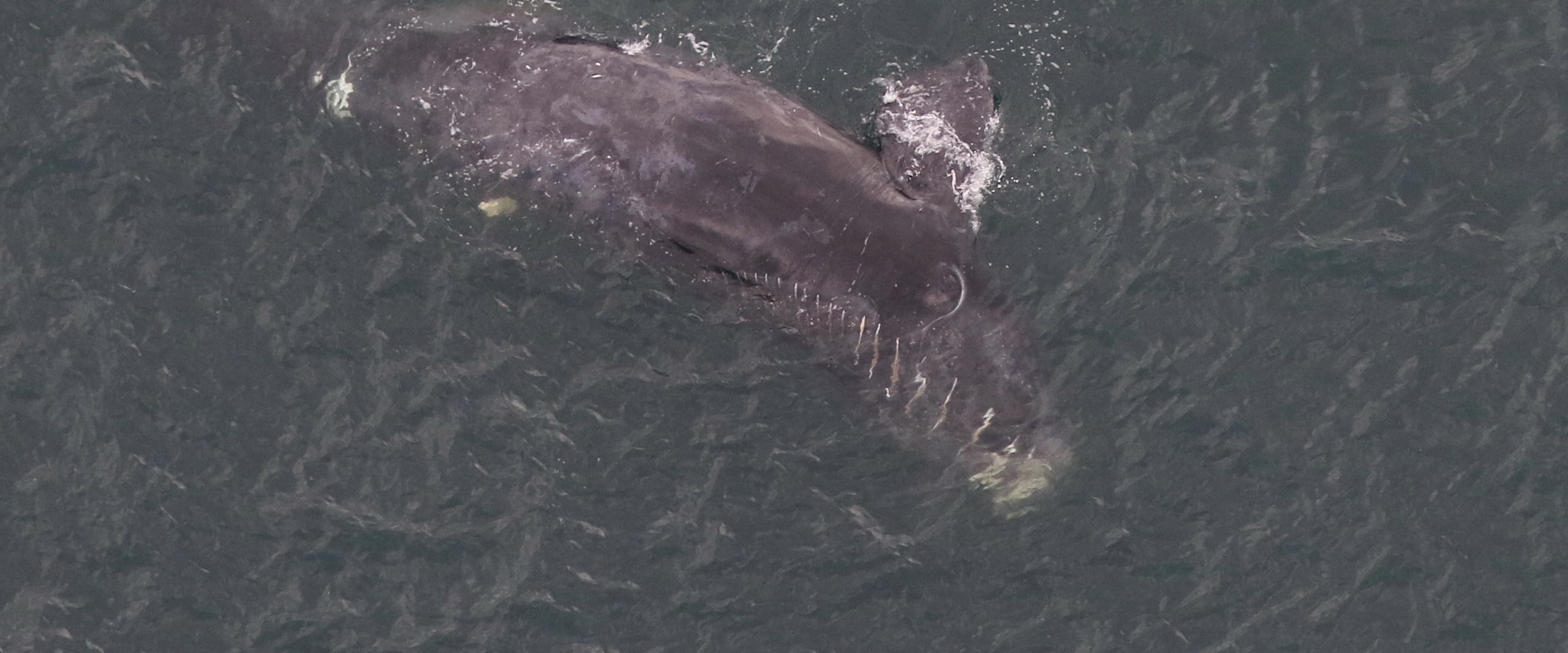
Update: A necropsy of the deceased calf was conducted June 27-28. On June 29, NOAA released preliminary results of the cause of death as vessel strike.
“The male right whale calf had evidence of at least two separate vessel collisions. The whale had several propeller wounds across the head and chest, and a likely skeg or rudder injury on the back that may have occurred at the same time. Based on observed evidence of healing, those wounds were likely several weeks old, but were serious enough that they may have significantly impaired the whale. The second vessel collision resulted in a series of propeller wounds and a skeg or rudder wound across the tail stock. Evaluation of these wounds suggests they were inflicted shortly before the animal died and were likely the cause of death.”
In another blow to the endangered North Atlantic right whale population, New England Aquarium researchers have confirmed the identity of a dead whale discovered off New Jersey as a young 6-month-old calf, the first born this past season.
On June 25, NOAA Fisheries received a report of a whale carcass floating off the coast of Elberon, New Jersey. The Center for Coastal Studies was flying on Long Island at the time and shifted over to the area to further photo-document the animal. With help from the U.S. Coast Guard, NOAA Fisheries and several partner organizations were able to tow the whale to shore on June 27. A full necropsy has been completed, and results on a cause of death are expected soon. Photos show a number of wounds along the whale’s head and body, indicating a vessel collision.
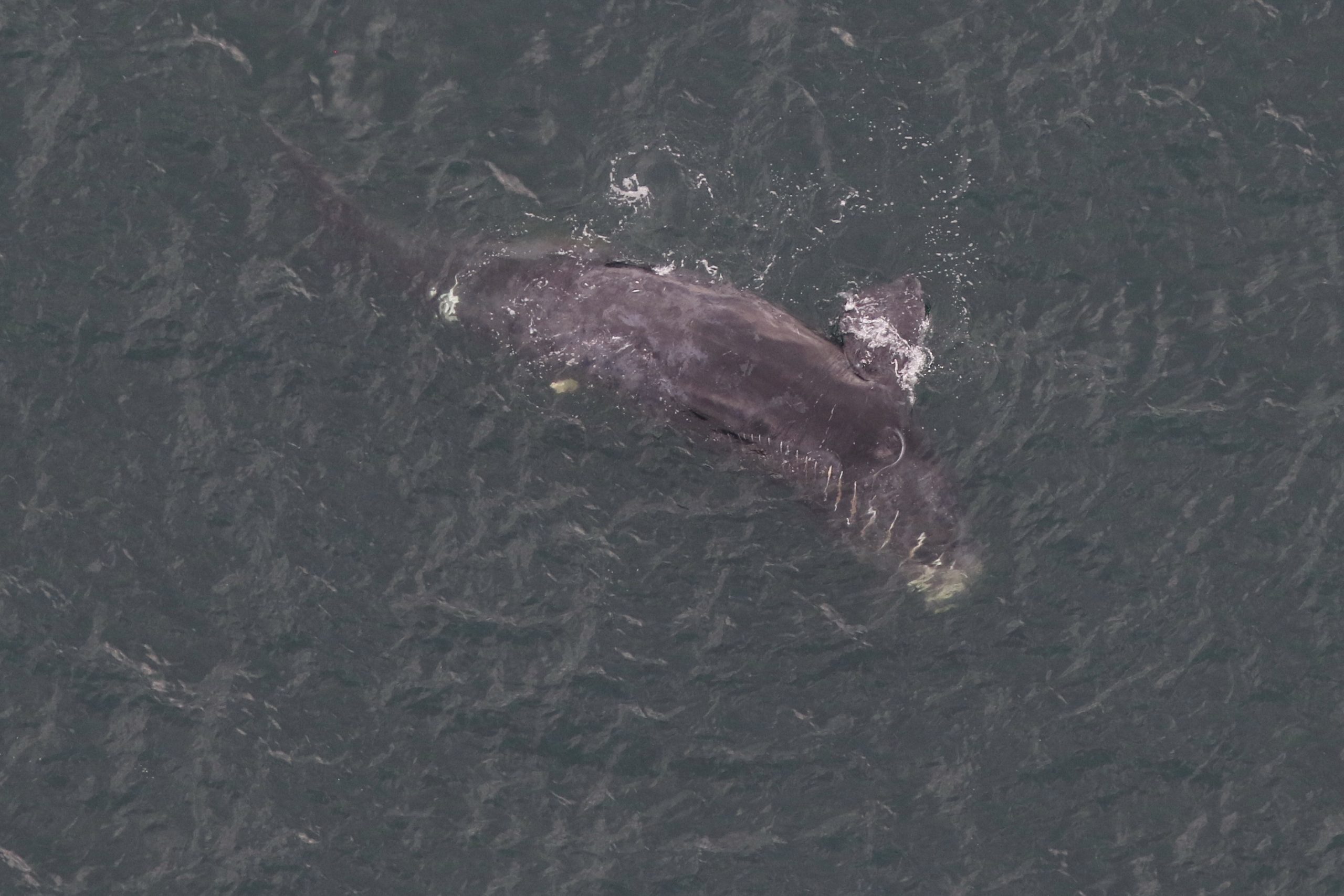
“To learn that this calf likely died from a vessel strike is very disheartening,” said Amy Knowlton, a Senior Scientist at the New England Aquarium’s Anderson Cabot Center for Ocean Life. “Although speed restrictions are in place near port entrances in the mid-Atlantic, they are only seasonal and ended at the end of April when it was thought that mother and calf pairs would have completed their migration from the calving ground to the northern feeding grounds off New England and Canada. But in recent years, right whale movements have become less predictable and they are facing greater risks throughout their range.”
A robot glider, which is equipped to detect whale calls, was in operation around the shipping lanes into New York, not far from where the calf was found dead. The glider, operated by the Robots4Whales project out of Woods Hole Oceanographic Institution, had reported right whales in the area in early June and again on June 24. That information was shared with the Whale Alert app, but right now, there is no other way to warn mariners when whales are detected using acoustic technology.
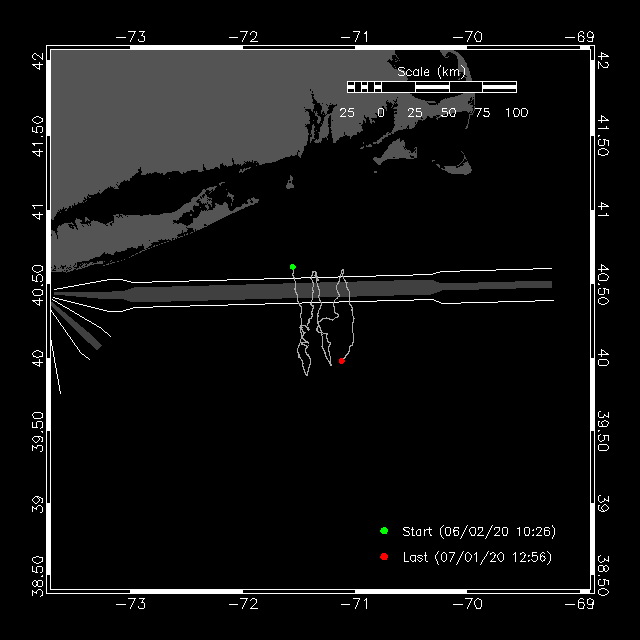
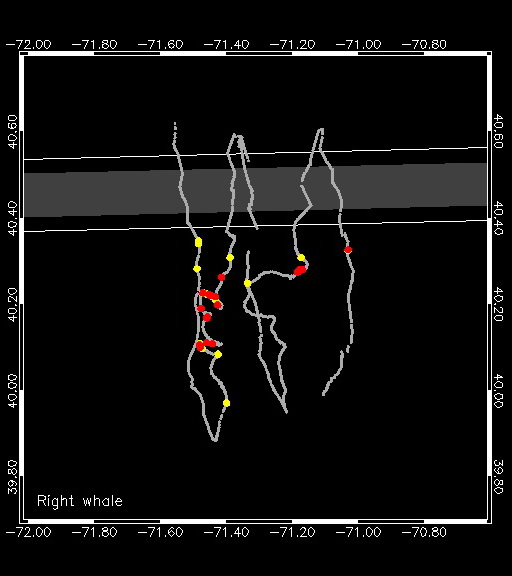
Researchers with the New England Aquarium who manage the North Atlantic Right Whale Catalog worked with the Florida Fish and Wildlife Conservation Commission to determine the whale was this year’s calf of Catalog #3560, a male that was only 6 months-old. The individual was born sometime between November 26 and December 16, 2019. On December 16, a Clearwater Marine Aquarium aerial survey team took the first photographs of #3560 with her new baby about 30 miles east of Sapelo Island, Georgia. The right whale community celebrated this birth, as it was not only the first of the season but also the first for this 15-year-old female. In mid-February, the pair started making their way even further south and then west into the Gulf of Mexico, a rarely used body of water for this species. They were last spotted in Atlantic waters on April 6 off Cape Lookout, North Carolina.
“Each calf represents hope for the future. These whales have life spans equal to or greater than humans. This young whale could have grown to sire many calves and help grow the population. It is a tragedy that he wasn’t given a chance to do so,” said Philip Hamilton, Research Scientist with the New England Aquarium who manages the North Atlantic Right Whale Catalog.
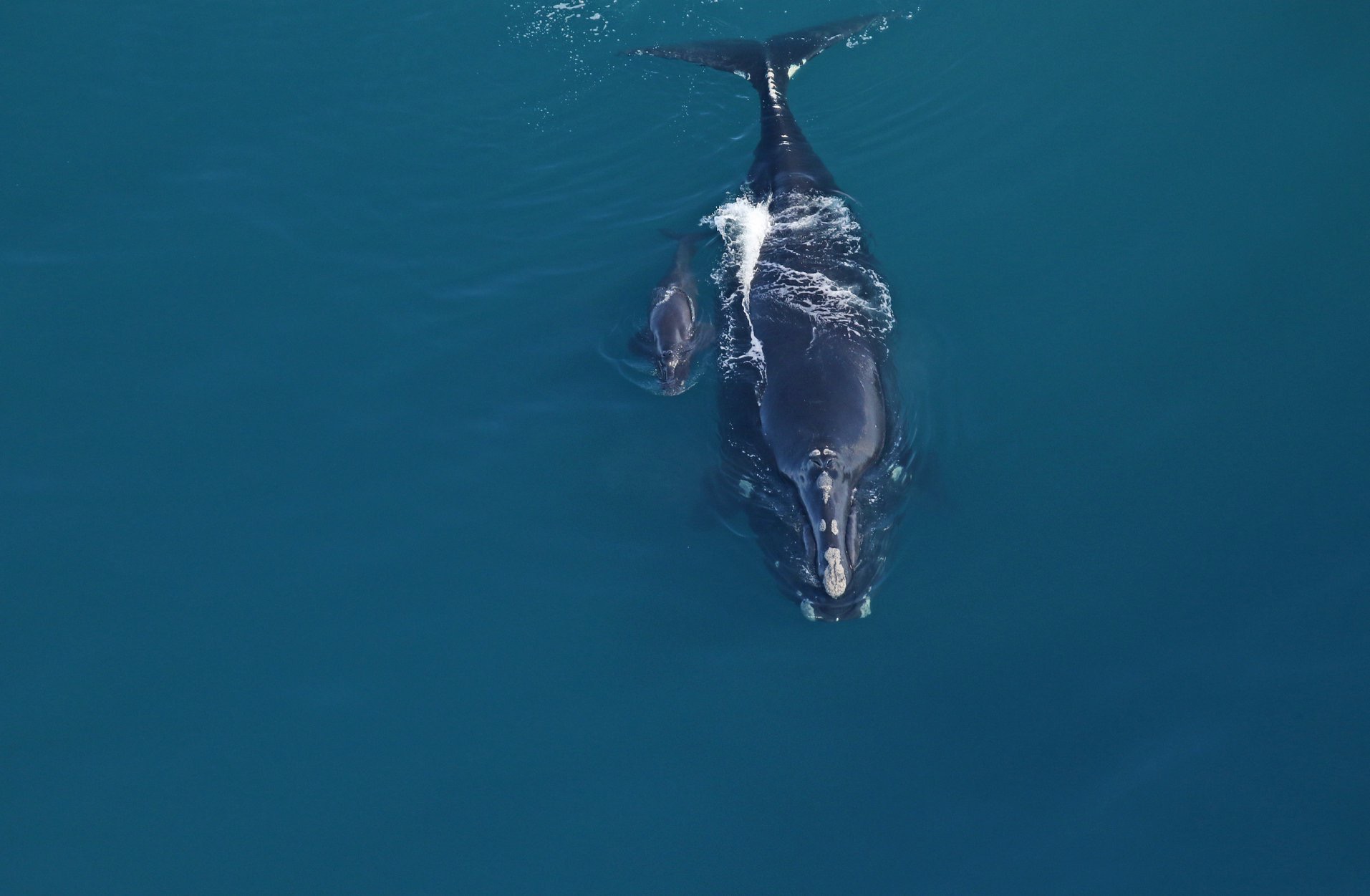
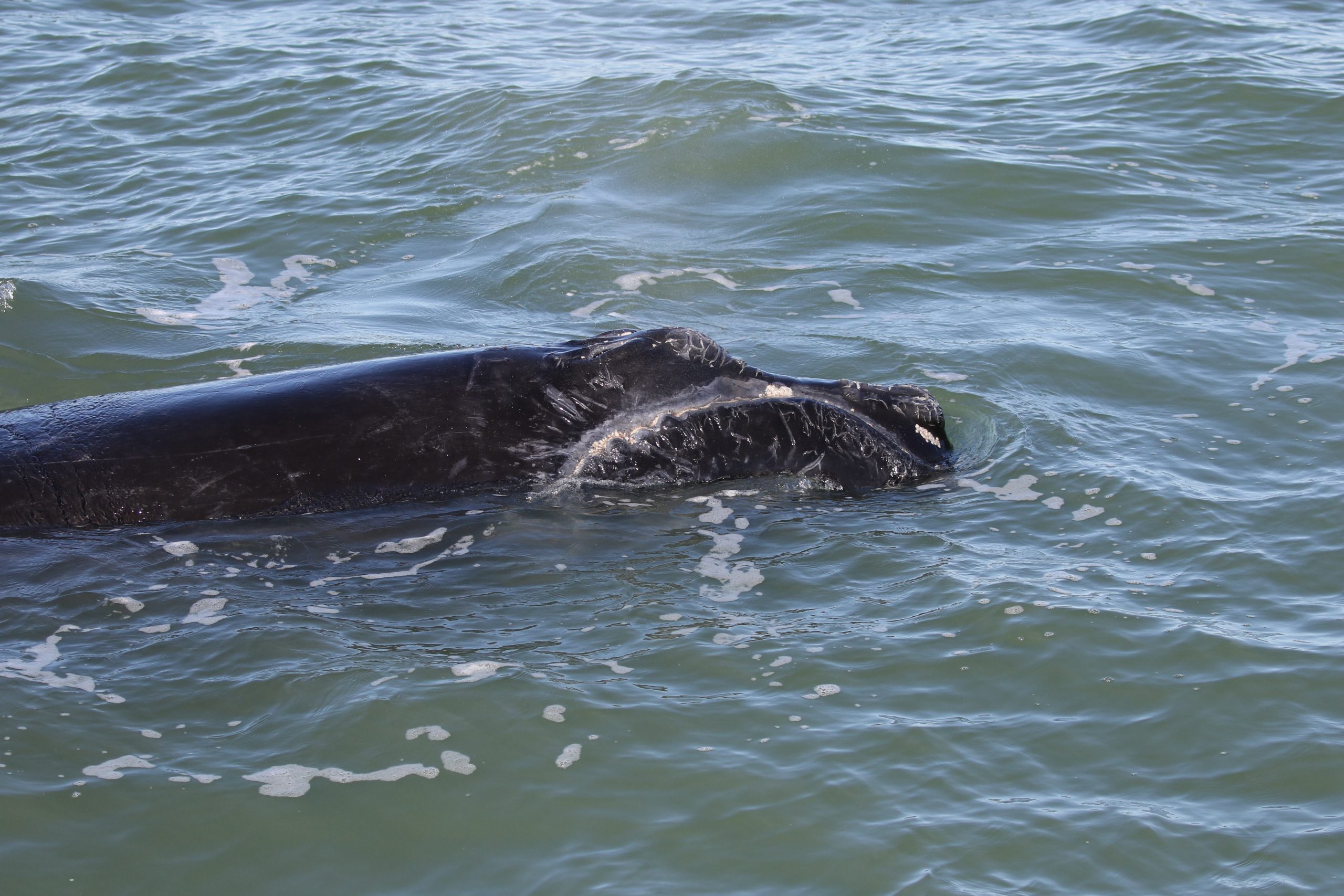
This is the first observed right whale death in United States waters in 2020. A total of 10 calves were born this winter in the Southeast, though this is unlikely the first calf to die. On January 8, Derecha (Catalog #2360) was spotted with a calf that had already been struck by a vessel and showed horrific injuries that led to its presumed death. Around 400 North Atlantic right whales remain. The leading causes of death for the whales are fishing gear entanglements and ship strikes.
These recent cases reinforce the fact that more aggressive management measures are desperately needed to address vessel strikes on this species. As right whales shift their distribution as a result of climate change and changing food resources, they clearly are at greater risk throughout their range in both the U.S. and Canada. NOAA Fisheries needs to advance broader speed restrictions throughout the right whales range to ensure that right whales who show up unexpectedly in areas that presently have no restrictions are not vulnerable to a strike. It will only be through more proactive management by the U.S. and Canadian governments, as well as a willingness for maritime industries to change operational practices, that we can help this endangered species avoid extinction.

